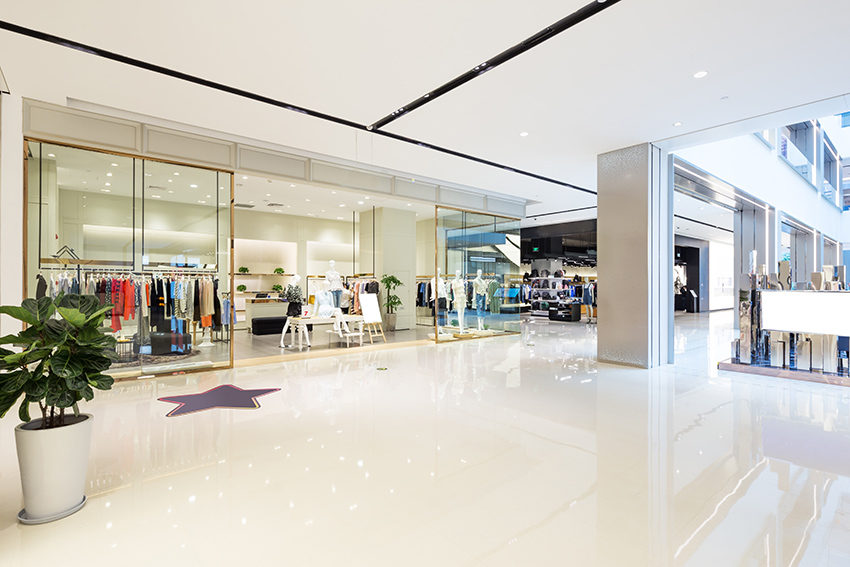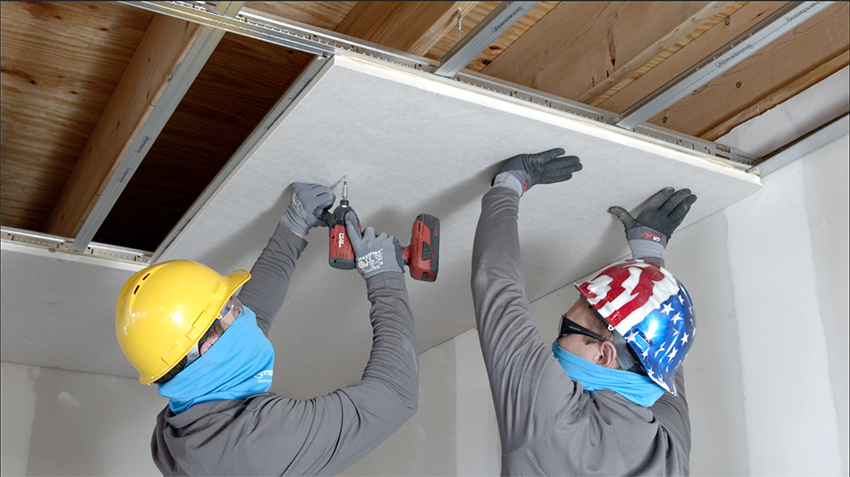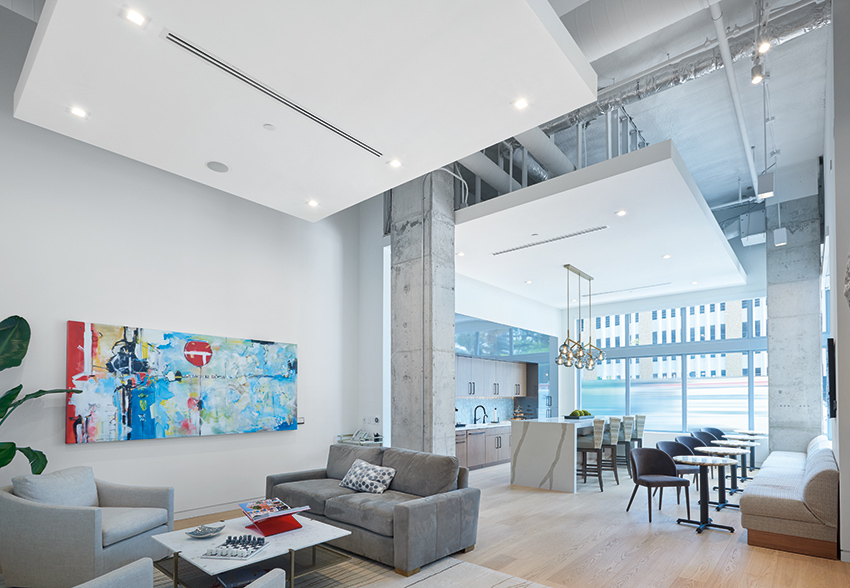How to Specify Seamless Acoustical Ceilings
 1 AIA LU/HSW; 1 IDCEC CEU/HSW; 1 GBCI CE Hour; 0.1 ICC CEU; 0.1 IACET CEU*; 1 AIBD P-CE; AAA 1 Structured Learning Hour; This course can be self-reported to the AANB, as per their CE Guidelines; AAPEI 1 Structured Learning Hour; This course can be self-reported to the AIBC, as per their CE Guidelines.; MAA 1 Structured Learning Hour; This course can be self-reported to the NLAA.; This course can be self-reported to the NSAA; NWTAA 1 Structured Learning Hour; OAA 1 Learning Hour; SAA 1 Hour of Core Learning
1 AIA LU/HSW; 1 IDCEC CEU/HSW; 1 GBCI CE Hour; 0.1 ICC CEU; 0.1 IACET CEU*; 1 AIBD P-CE; AAA 1 Structured Learning Hour; This course can be self-reported to the AANB, as per their CE Guidelines; AAPEI 1 Structured Learning Hour; This course can be self-reported to the AIBC, as per their CE Guidelines.; MAA 1 Structured Learning Hour; This course can be self-reported to the NLAA.; This course can be self-reported to the NSAA; NWTAA 1 Structured Learning Hour; OAA 1 Learning Hour; SAA 1 Hour of Core Learning
Learning Objectives:
- Discuss the challenge for architects to strike a balance between aesthetics, cost, and acoustic performance for the wellbeing of the occupant.
- Recognize the evolution and current options for smooth surface ceilings that improve acoustic performance.
- Compare performance, cost, and installation methods of seamless acoustical ceilings to ensure a healthy environment for occupants.
- List common misperceptions associated with seamless acoustical ceiling products.
This course is part of the Acoustics Academy
Drywall is made of gypsum mixed with water and spread between two large sheets of paper. Drywall comes in a variety of panel sizes and thicknesses for use in a variety of applications. The plasterboard is installed by lifting the pieces and attaching them to the studs. 5/8-inch-thick drywall panels are most commonly used in commercial ceiling applications to meet code requirements.
The key benefits of drywall include the fact that it is easy to paint over. It’s more stable than plaster, easier to repair, and less expensive to install. Moisture resistant drywall panels can be specified for installation in bathrooms.
Drywall is not as flexible as plaster and not as durable. Drywall provides good sound blocking performance in the correct thickness/assemblies, which provides adequate speech privacy, but does not absorb sound in a meaningful way – which leads to increased reverberation times, poor speech intelligibility, and overall poor acoustics.
Drywall ceilings have come a long way over the years. Pre-engineered drywall grid systems (DGS) can install three times faster than traditional track and channel framing. They offer a clean, smooth aesthetic in spaces that don’t require acoustical performance for speech intelligibility or noise reduction.

Drywall is made of gypsum mixed with water and spread between two large sheets of paper.
Previously, if a designer wanted the smooth, clean look of drywall in a space, it meant using drywall and sacrificing acoustics. In places like libraries, auditoriums, and schools, drywall can’t absorb enough sound in these areas. But choosing excellent acoustics often meant a grid and tile or suspended ceiling, or another material type that does not offer a smooth, seamless surface.
Seamless Acoustical Ceilings
Seamless acoustical ceilings have become a popular way of achieving aesthetics and acoustics all in one. There are several different kinds of systems that can be specified.
Two-Layer Acoustical Systems
Acoustical plaster is a two-layer system that consists of fiberglass panels that are attached to a drywall substrate with adhesive. The face of the fiberglass panels are hand-troweled with an acoustically transparent finish that achieves goods soundproofing, speech intelligibility, and privacy. Applications include museums, auditoriums, libraries, galleries, performing arts centers, mid- to high-level retail locations, transportation hubs, high-end residential homes, educational facilities, and conference rooms. It has the ability to absorb and dampen sound, reduce echoes and reverberation, and prevent noise transference between rooms. It is monolithic and can be finished in almost any color. Its cost is on the higher end, however: Usually between $35 to $50 per square foot depending on job complexity.
Acoustical drywall is a two-layer system that can be installed on flat, curved, or vaulted surfaces and allows for exploration of color. The perforated sheetrock optimizes acoustical performance by allowing sound to enter the holes and be absorbed by a mineral wool layer. The system has a high, light-reflective finish and reduces fixture and energy use. It installs and repairs similarly to standard drywall. It also integrates well with lighting and HVAC fixtures and is less than half the cost of acoustical plaster systems. The cost for this type of system is usually about $30 to $35 per square foot.

Two-layer acoustical drywall has a high, light-reflective finish and installs and repairs similarly to standard drywall.
Single-Layer Seamless Acoustical Drywall Alternative Ceilings
The latest iteration of seamless acoustical ceiling systems utilizes a one-layer system. Like the two-layer systems, it features a smooth, non-directional, monolithic aesthetic that meets—and often exceeds—the standards of architects, designers, and owners who are looking for a clean drywall appearance combined with effective acoustical performance.

The primary advantages of new single-layer seamless acoustical drywall alternative ceiling systems are that it costs less and is faster to install than acoustical plaster.
An acoustical drywall alternative is easier to install than plaster and can be installed on ceilings in a variety of applications. Panels are lightweight—far lighter than drywall and easier to handle on the jobsite and install. Panels install similarly to drywall, with some nuances that include thicker panels. A seamless acoustical drywall alternative manufacturer can provide extensive, hands-on training for installation teams so they are capable of installing with confidence.












